
Boston Scientific
ASTHMA
Asthma is a disease that manifests itself by narrowing of the airways and attacks (crises). Patients feel good between attacks. In asthma, there is a non-microbial inflammation of the airways. Therefore, the airway wall is swollen and edematous. This causes the lungs to be hypersensitive to stimuli.
Asthma is a disease that can be controlled with treatment today. Regular drug use and physician control are the most important factors in this treatment. It can be controlled spontaneously or partially controlled by drug treatment.
However, one group of asthmatic patients is resistant to various treatment options or drugs. This new group of world Turkey is a treatment option that has been implemented at the end of 2013 for patients with bronchial asthma Thermoplastic.
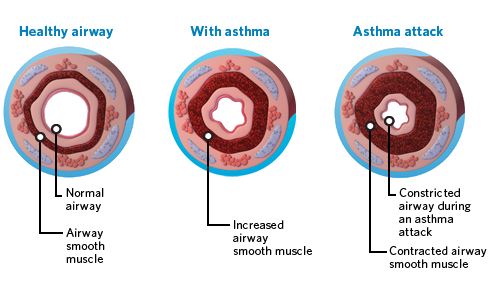
BRONCHIAL
TERMOPLASTY

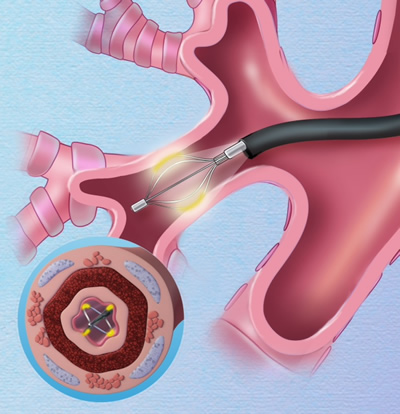
Bronchial thermoplasty; It is a new method that physically decreases the airway wall thickening (sub-mucosal thickening of bronchus) and the increase of smooth muscle mass around the bronchus by using radiofrequency energy and provides permanent enlargement of the airways. Asthma patients can breathe more easily with Bronchial Thermoplasty, which permanently reverses the irreversible restructuring and condensation in the airways and surrounding areas as the asthma becomes more severe. CT increases the quality of life of asthma patients by decreasing the frequency of attacks and the need for drug use. CT is a non-surgical interventional treatment with bronchoscope.
Cases Not Applicable
Patients with the following conditions should not be treated.
- Pacemaker, internal defibrillator or implantable electronic device (due to pace dependence)
People who are allergic to drugs required to perform bronchoscopy, such as - Lidocaine, atropine, and benzodiazepines
The same areas of patients previously treated with the - Alair system should not be re-treated. There is no clinical data on safety and / or efficacy for recurrent therapies.
- Active respiratory system infections
- Asthma attack or change in systemic steroid dose (decrease or increase) for asthma in the last 14 days
- Coagulopathy
- As with other bronchoscopic procedures, patients should stop taking anticoagulants, antiplatelet, aspirin, and NSAI prior to the procedure.
1 year clinical results
- 32% reduction in asthma attacks (severe exacerbation)
- 84% reduction in emergency admissions due to respiratory complaints
- 73% reduction in hospitalizations due to respiratory complaints
- 66% reduction in days away from work / school / other daily activities related to asthma
- Improved quality of life of asthma
2-year clinical results
It was observed that asthma attacks, emergency admissions and hospitalization decreased due to respiratory complaints.
Long-term follow-up of up to 5 years revealed no late complications when clinical features, spirometry and computed tomography data were examined.
TRACHEOBRONCHIAL STENT SYSTEMS
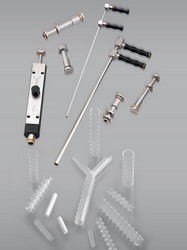
Tracheobronchial Stent is designed to serve as an intraluminal support to keep the iner wall of the tracheobronchial tree open. This is a palliative prodecure for treatment of incurable malignant and end stage bening tracheobronchial strictures causing obstrucitve dyspnea.
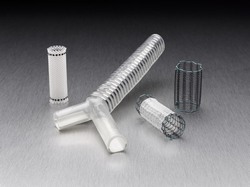
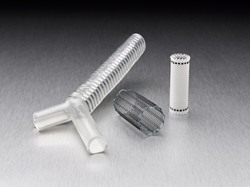
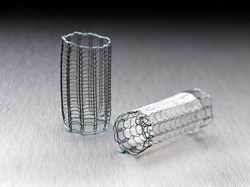

List of Hospitals, in which Treatment is Applied
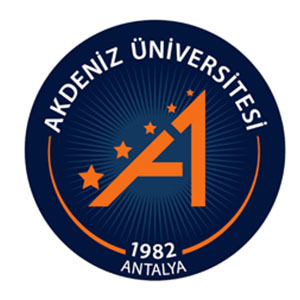
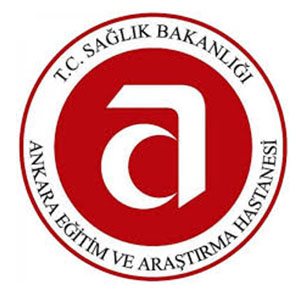

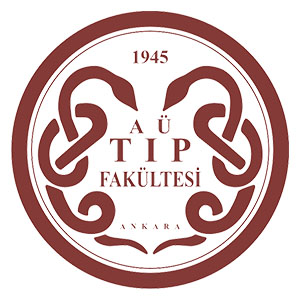
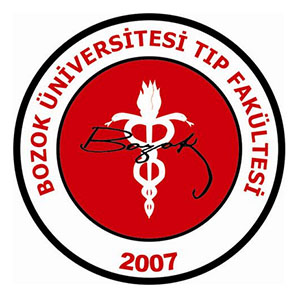
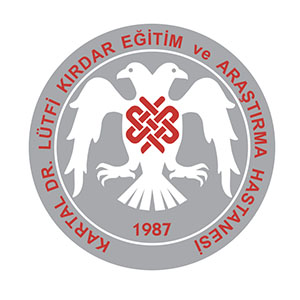
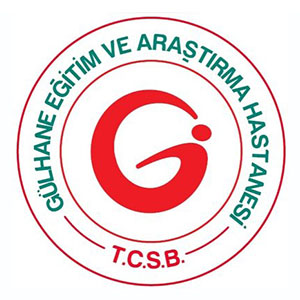

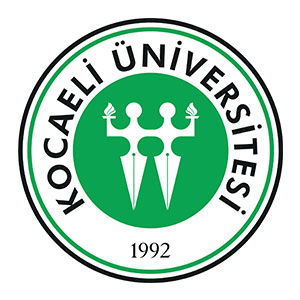
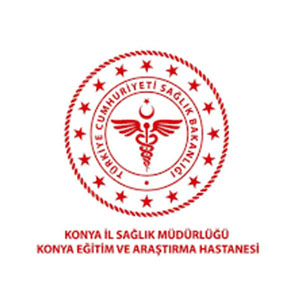
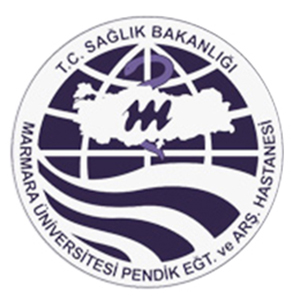




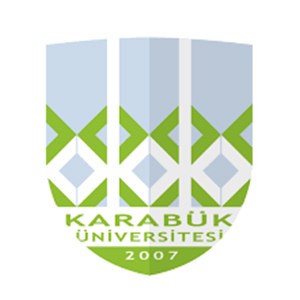
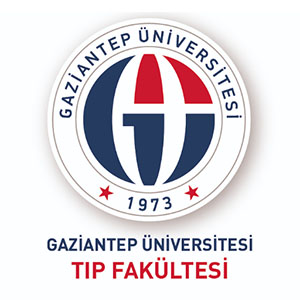
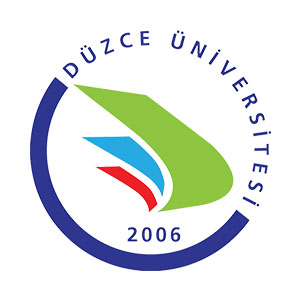
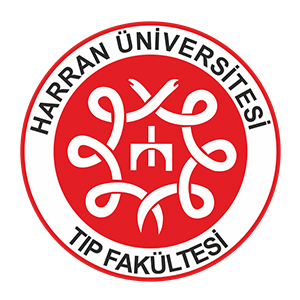
Note: Please contact us for information about doctors that apply the treatment.

Distribütörlüklerimiz
Ankara Merkez
- Güzeltepe Mah. Sedat Simavi Sok. No:58/2 Çankaya/Ankara
- +903124367977
- +903124369577
- medis@medis.com.tr
İstanbul Ofis
- Teşvikiye Mah. Hakkı Yeten Cad. No: 11 D: 79 Şişli/İstanbul
- +90 212 215 5977
- +90 212 215 5978
- medis@medis.com.tr